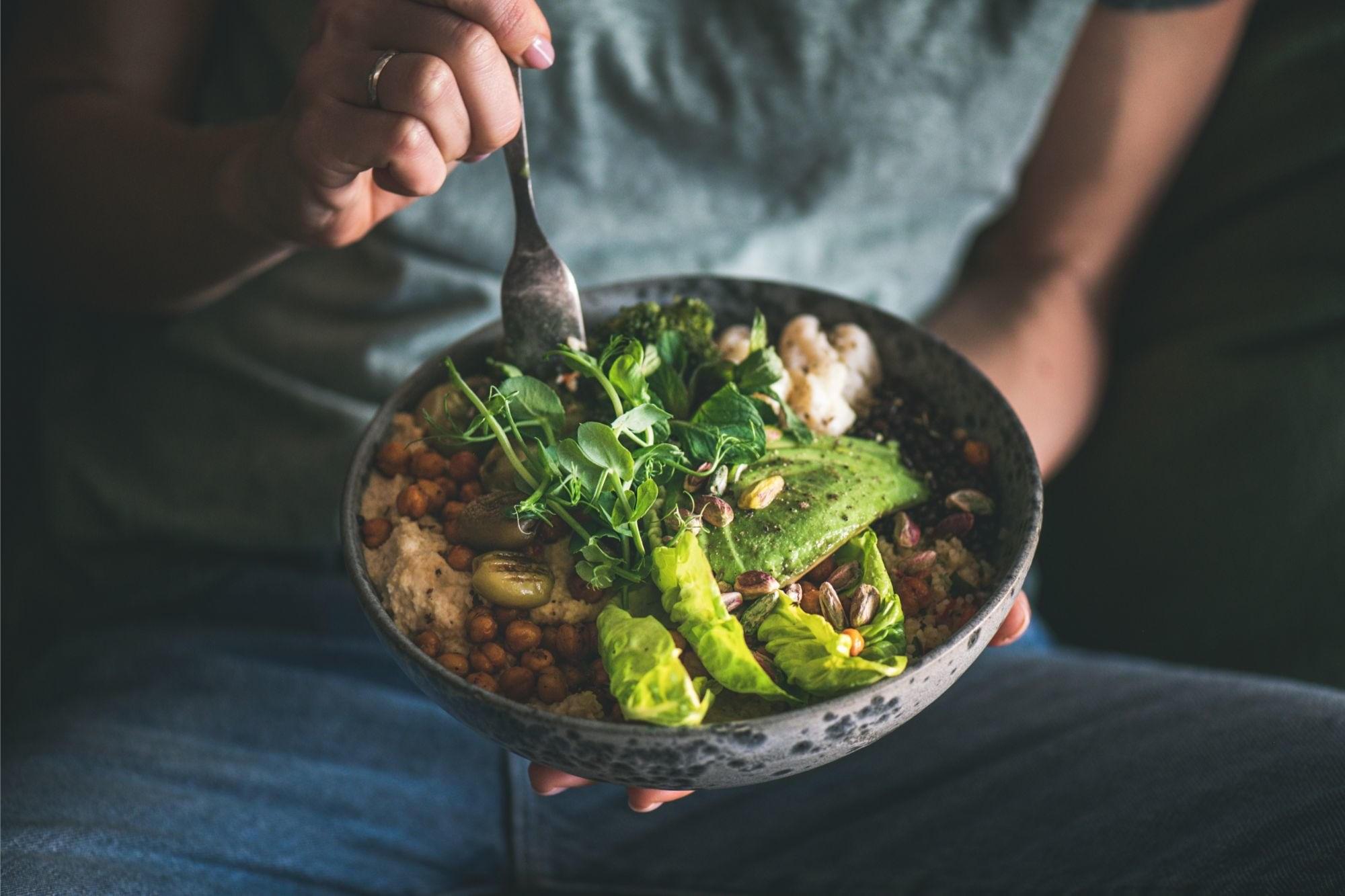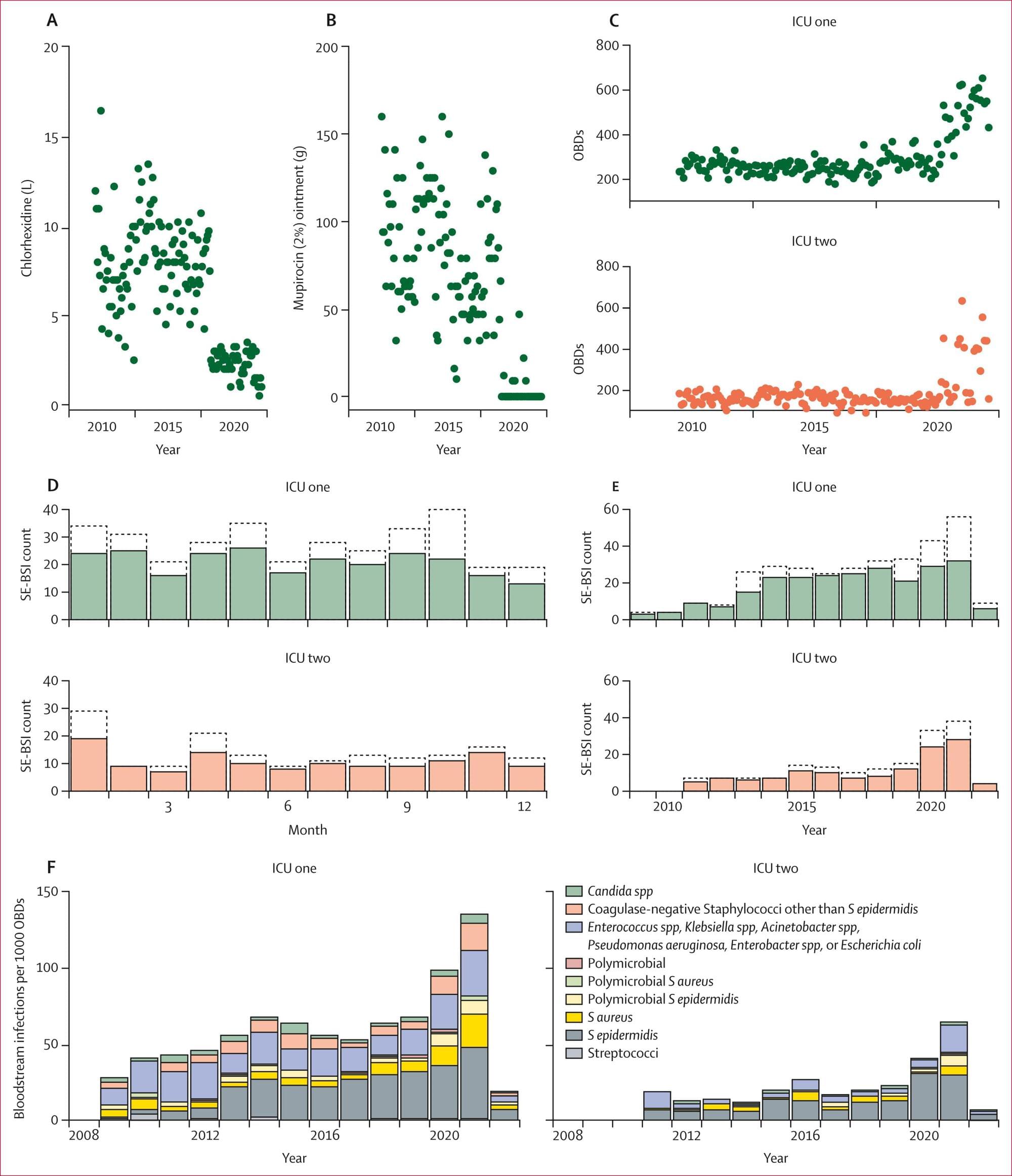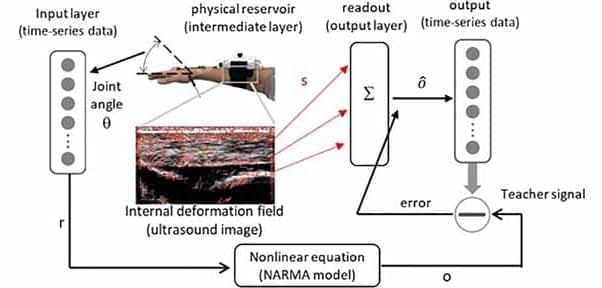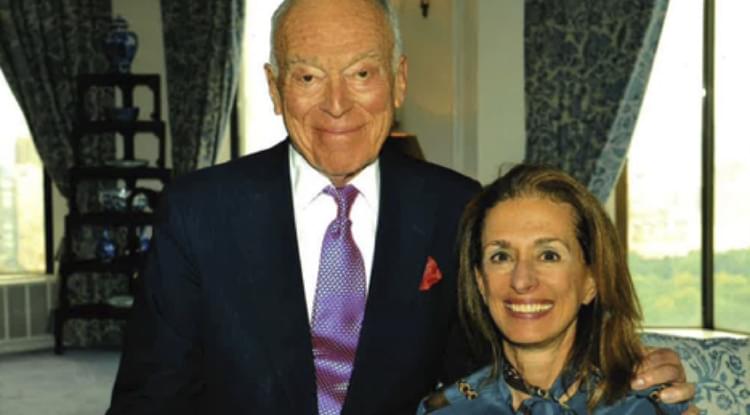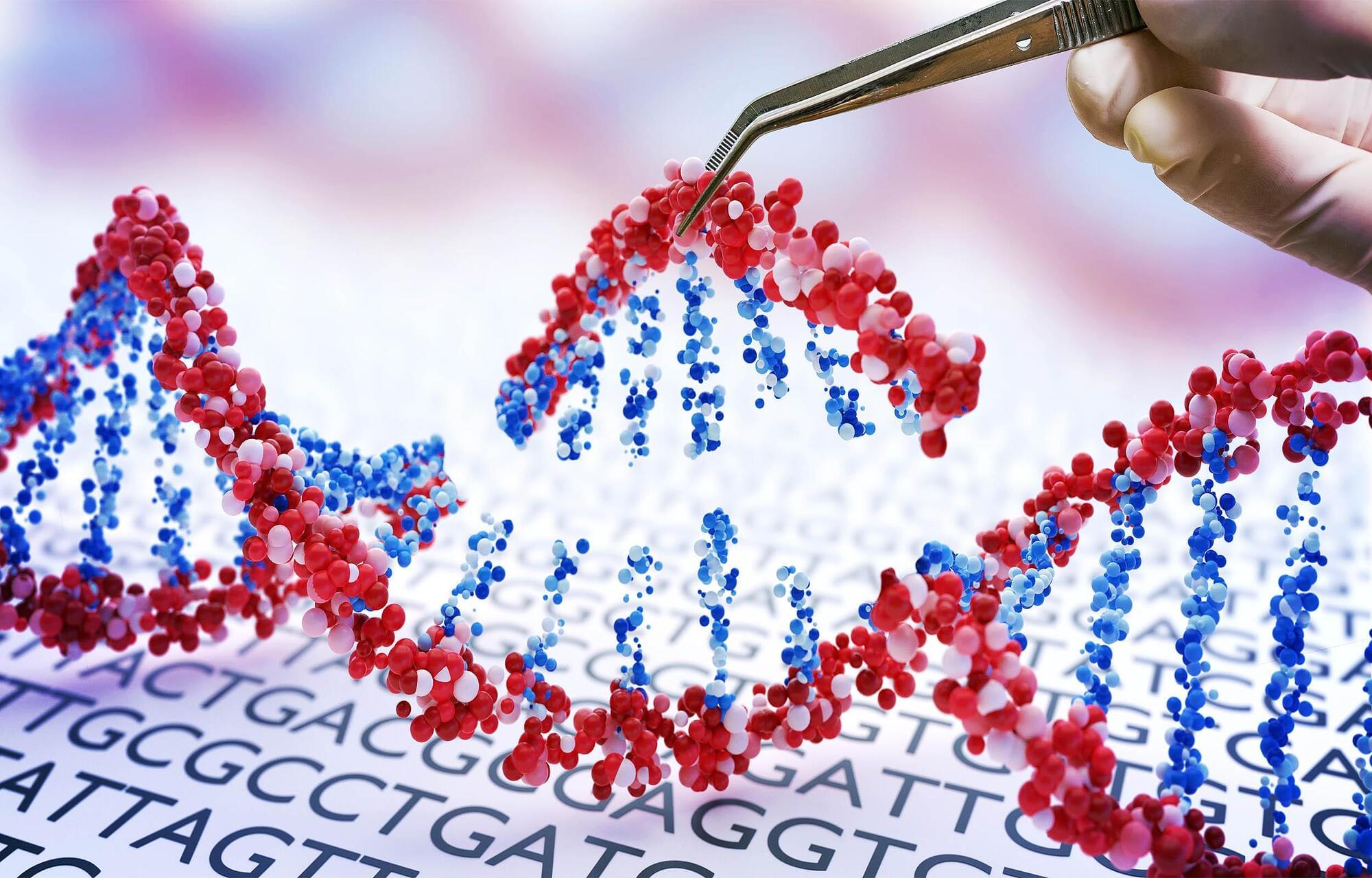Dr. Mohammed Enayat has access to all sorts of experimental antiaging treatments at his clinic, but a core part of his longevity routine is pretty cheap and accessible: supplements.
Enayat told Business Insider that his most recent “biological age” tests, taken 18 months ago, said he was 24, or 17 years younger than his chronological age of 41. There’s no consensus on how to define or measure biological age, but Enayat used GlycanAge and TruAge PACE, which measure inflammation and epigenetics, respectively.
The primary care doctor, who’s also the founder of London’s Hum2n longevity clinic, has been closely tracking his health for the past seven years, using wearable tech, including an Oura ring and a Whoop strap, plus regular blood, urine, and microbiome tests.


